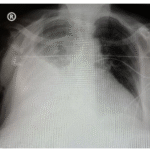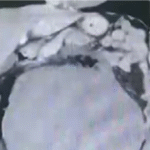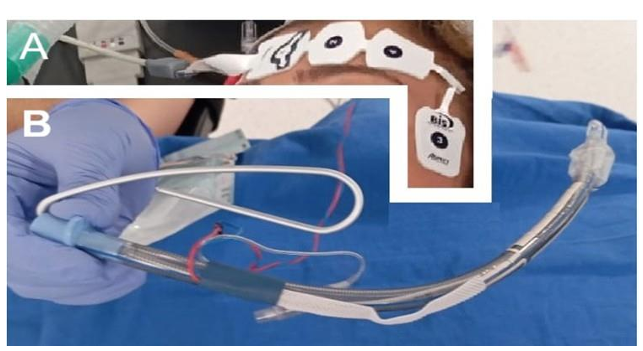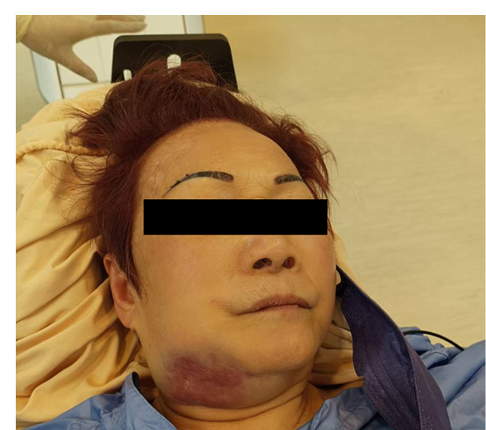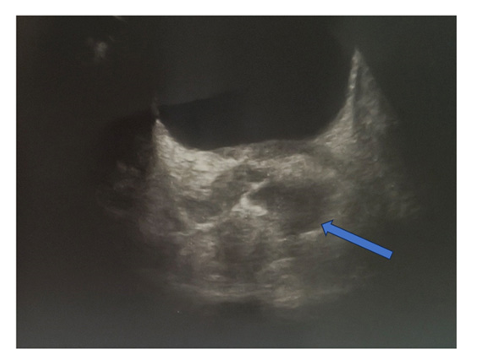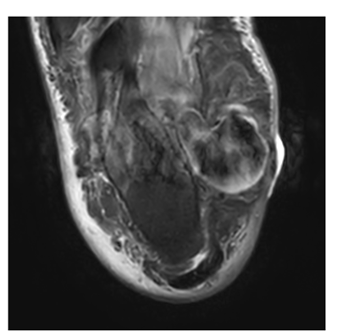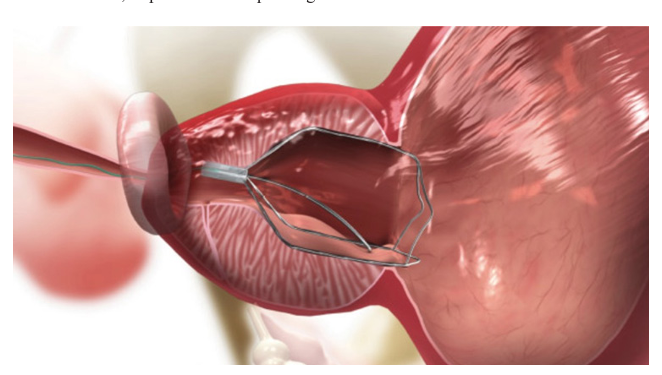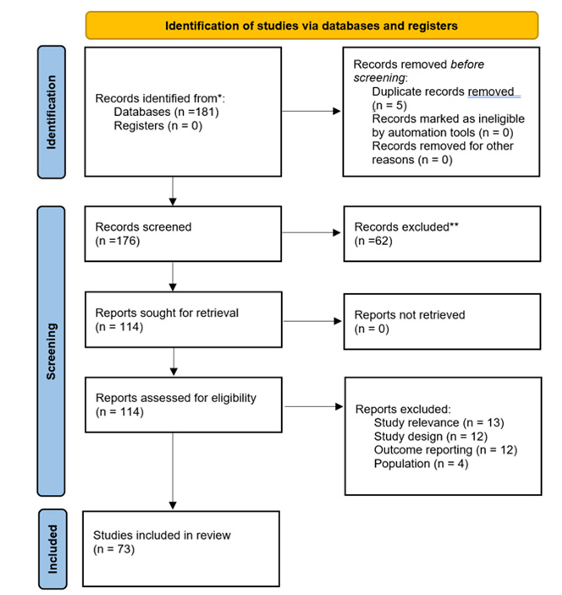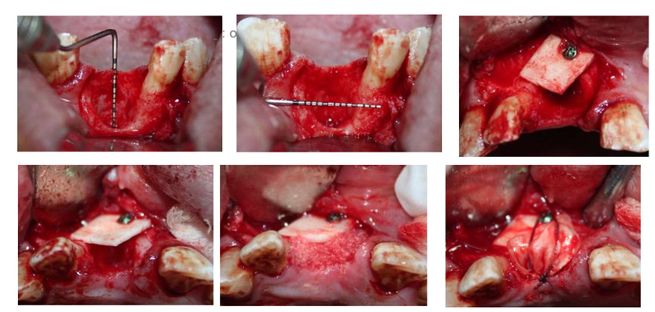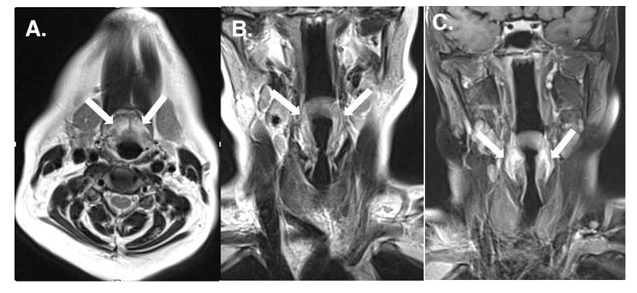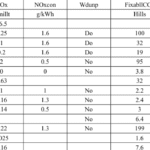
1. Abstract
Stop NOx elimination by ammonia. Stop water clean centre. Abandon bonfire inhibition rule. These 3 items are essential to promote CO2 assimilation to stop global warming stop.
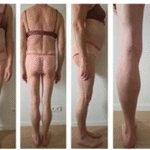
1. Abstract
Familial partial lipodystrophy (FPLD) is a heterogeneous group of rare genetic disorders (estimated prevalence <1/100,000) characterized by a lipodystrophy phenotype combined with metabolic abnormalities such as insulin resistance and hypertriglyceridemia. Several subtypes have been described
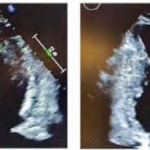
1. Abstract
Hypertrophic obstructive cardiomyopathy (HOCM) is a genetically driven cardiac condition most often involving asymmetric septal hypertrophy. Mid-ventricular and apical variants are rare, accounting for less than 5% of cases in Western populations, and present unique diagnostic and prognostic challenges.
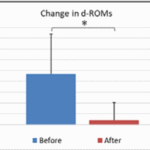
1. Abstract
It is said that lifestyle-related diseases and deterioration of beauty caused by aging are caused by active oxygen. In particular, aging was coded in ICD-11, so it was positioned as a disease. In light of this, it can be seen that aging is reversible.
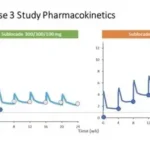
1. Abstract
A 34-year-old male patient with opioid use disorder (OUD), who was transitioned from daily oral buprenorphine/naloxone therapy.
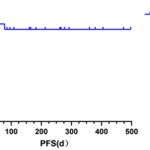
1. Abstract
Polatuzumab vedotin (Pola) has been approved in China as the first-line treatment in Diffuse Large B-Cell Lymphoma (DLBCL). This study aims to evaluate the efficacy of Pola-based therapy in DLBCL in the real-world, offering insights into treatment patterns and outcomes for newly diagnosed DLBCL in this population.

1. Abstract
Tuberous sclerosis complex (TSC) is a rare genetic disorder characterized by the development of benign tumours in various organs, primarily the kidneys. Renal involvement, often in the form of angiomyolipoma’s (AML).

https://doi.org/10.47829/ACMCR.2025.141109
Myasthenia gravis (MG) is an autoimmune disorder in which antibodies block the acetylcholine receptors in the post synaptic membrane causing skeletal muscle weakness.

1. Abstract
Partial adrenalectomy poses unique challenges due to the need to preserve adrenal function while ensuring complete tumour resection.
In this case report.

1. Abstract
Castleman’s disease (CD) is an uncommon benign lymphoid hyperplasia, which was first reported by Benjamin Castleman in 1954. Pulmonary CD has been documented in the literature as a rare extranidal manifestation. We report a case of a 53-year-old woman with respiratory insufficiency presenting as an endotracheal lesion.
ACMCR Archive
Articles Published
All articles are fully peer reviewed free to access and easy to download from our Site.
Why ACMCR?
- Highly Indexed Journals
- Fast Peer-Review System
- Reprints Issued Across the World
- Timely Submission for Indexing
- Collaboration with Research Institutions
- Reprints issued accross the world
- Diverse Subject Coverage
- DOI Assignment for Every Article
- Strict Ethical Guidelines
Digital Object Identifier

Content Registration at Crossref and DOI assignment for all published articles
